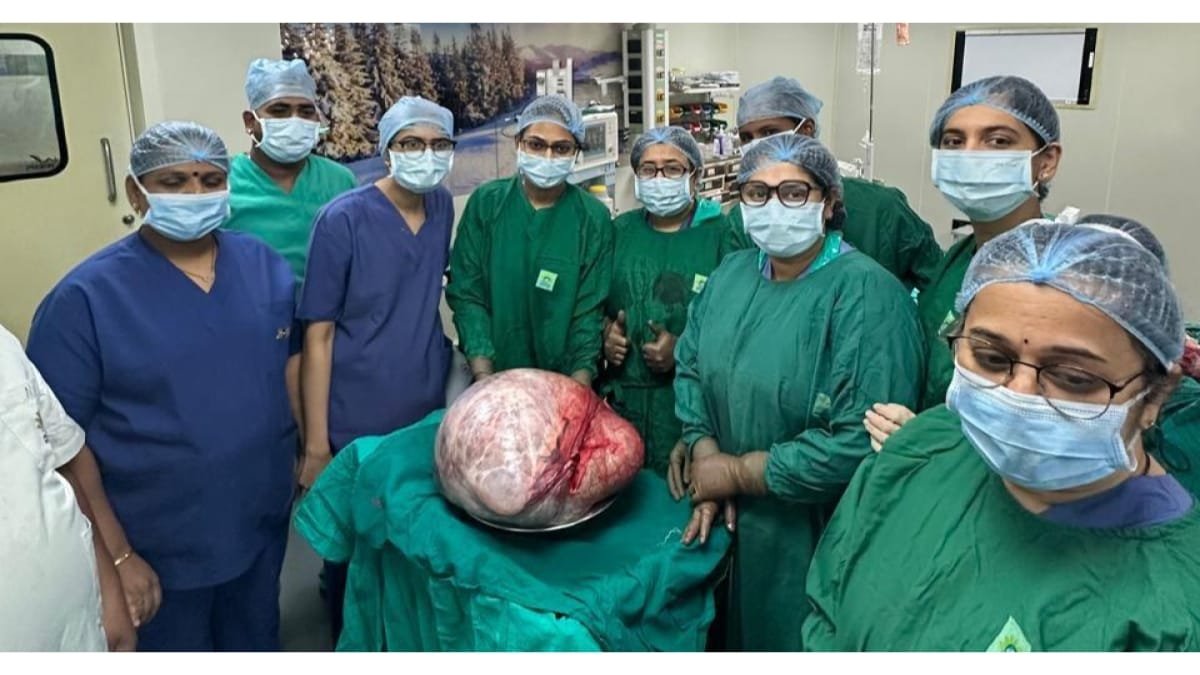
Dr. Pradeep Mahajan, Founder & Chairman, StemRX Bioscience
Migraine, an excruciating neurological disorder affecting millions worldwide, has long been a Pandora’s Box for medical researchers and patients alike. It brings forth a torrent of pain and debilitating symptoms, leaving individuals grappling with its unpredictable nature. Traditional treatments have often fallen short of providing complete relief, leading to a growing interest in exploring cutting-edge therapies, such as cell therapy. In recent years, significant strides have been made in the realm of regenerative medicine, offering a ray of hope for those seeking effective and long-lasting relief from migraine attacks.
Understanding Migraine: Unraveling the Enigma
Migraine is not just an ordinary headache; it is a complex neurological condition characterized by recurring episodes of severe throbbing pain, often concentrated on one side of the head. Accompanying symptoms may include nausea, sensitivity to light and sound, visual disturbances, and in some cases, temporary paralysis or weakness. The exact cause of migraine remains elusive, but it is believed to involve a combination of genetic, environmental, and neurovascular factors. Despite being a widespread condition affecting about 15% of the global population, the lack of a definitive cure has compelled researchers to dig deeper into innovative therapies.
Cell Therapy: A New Ray of Hope
Cell therapy, a form of regenerative medicine, has shown immense potential in treating various debilitating conditions, and it’s now being explored as a groundbreaking approach to migraine management. In the context of migraine, researchers are investigating the use of mesenchymal stem cells (MSCs), which have the ability to modulate the immune response and reduce inflammation. These cells can be extracted from the patient’s own bone marrow and blood. Once harvested, they are processed and prepared for injection.
How Does Cell Therapy Work for Migraine?
When administered, MSCs have been observed to migrate to sites of inflammation, including the blood vessels in the brain that are associated with migraine attacks. By doing so, these cells promote tissue repair and decrease the release of pro-inflammatory substances, potentially interrupting the cascade of events that trigger migraines. Furthermore, cell therapy is believed to enhance neuroprotection, offering a safeguard against neurological damage caused by frequent and severe migraine episodes. The process also stimulates the production of growth factors, aiding in the regeneration of damaged nerves and blood vessels.
Promising Results and Ongoing Research
Though cell therapy for migraine is still in its early stages of research, preliminary studies have shown promising results. Patients who received this innovative treatment reported a significant reduction in the frequency, intensity, and duration of migraine attacks. Additionally, the therapy appeared to improve overall quality of life, as individuals experienced fewer migraine-related disruptions in their daily activities. As research continues to progress, medical professionals remain cautiously optimistic about the potential of cell therapy for migraine.
While the development of cell therapy for migraine treatment sparks hope and excitement, it is essential to recognize that this is just the beginning. In conclusion, cell therapy represents a Pandora’s Box of hope for migraine sufferers, unlocking potential avenues for a lasting cure. The advances in regenerative medicine have opened doors to explore treatments that could change the lives of millions, offering them respite from the relentless grip of migraine. As researchers continue their quest for solutions, we remain cautiously optimistic about the potential transformation that awaits migraine management in the near future. StemRx utilizes cell therapy to treat migraines by harvesting and administering specialized cells to target inflamed brain tissues. These cells promote tissue repair and reduce inflammation, offering a potential long-term solution for migraine sufferers. The cause factor responsible for the migraine of any patient is first concluded, and according to that customized treatment plan is prepared and suggested to the patient.
Written by- Dr. Pradeep Mahajan, Founder & Chairman, StemRX Bioscience
If you have any objection to this press release content, kindly contact pr.error.rectification[at]gmail.com to notify us. We will respond and rectify the situation in the next 24 hours.



